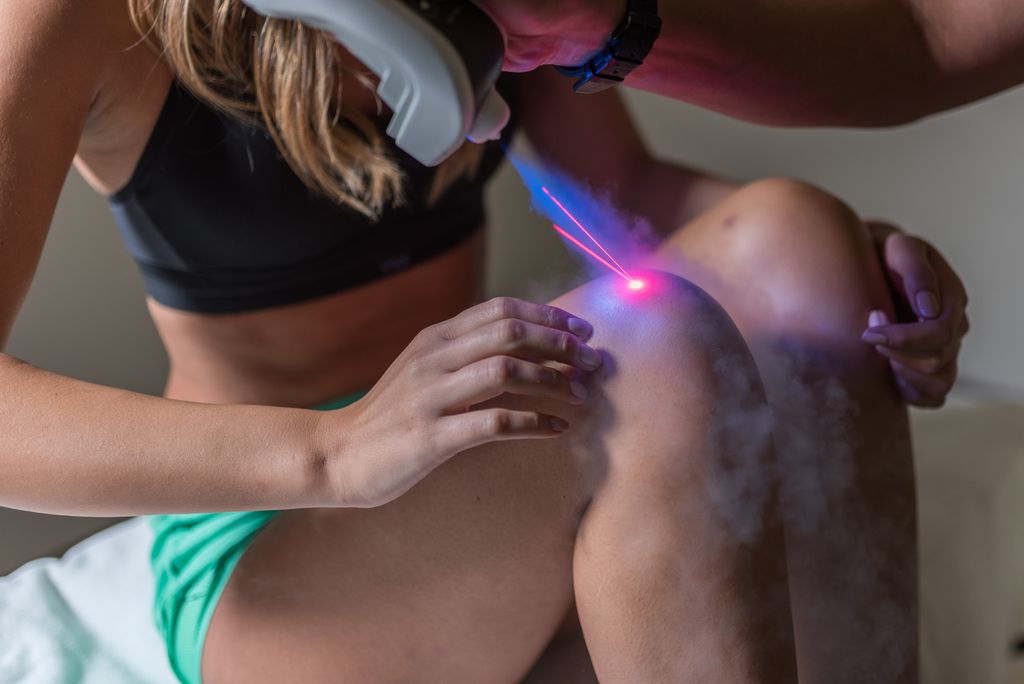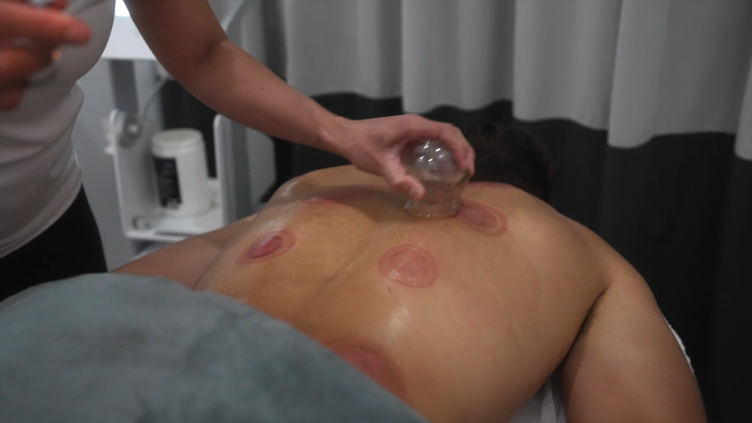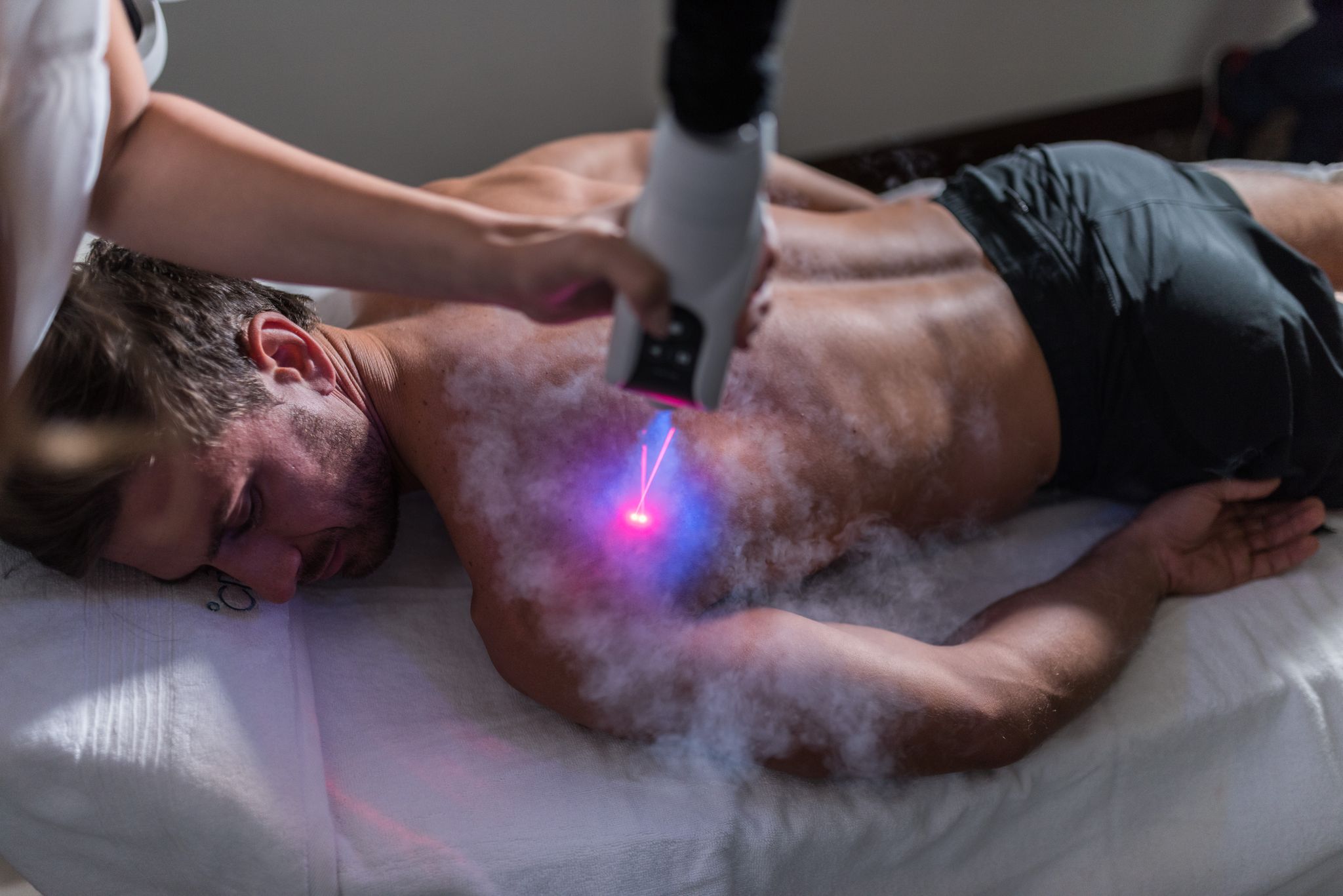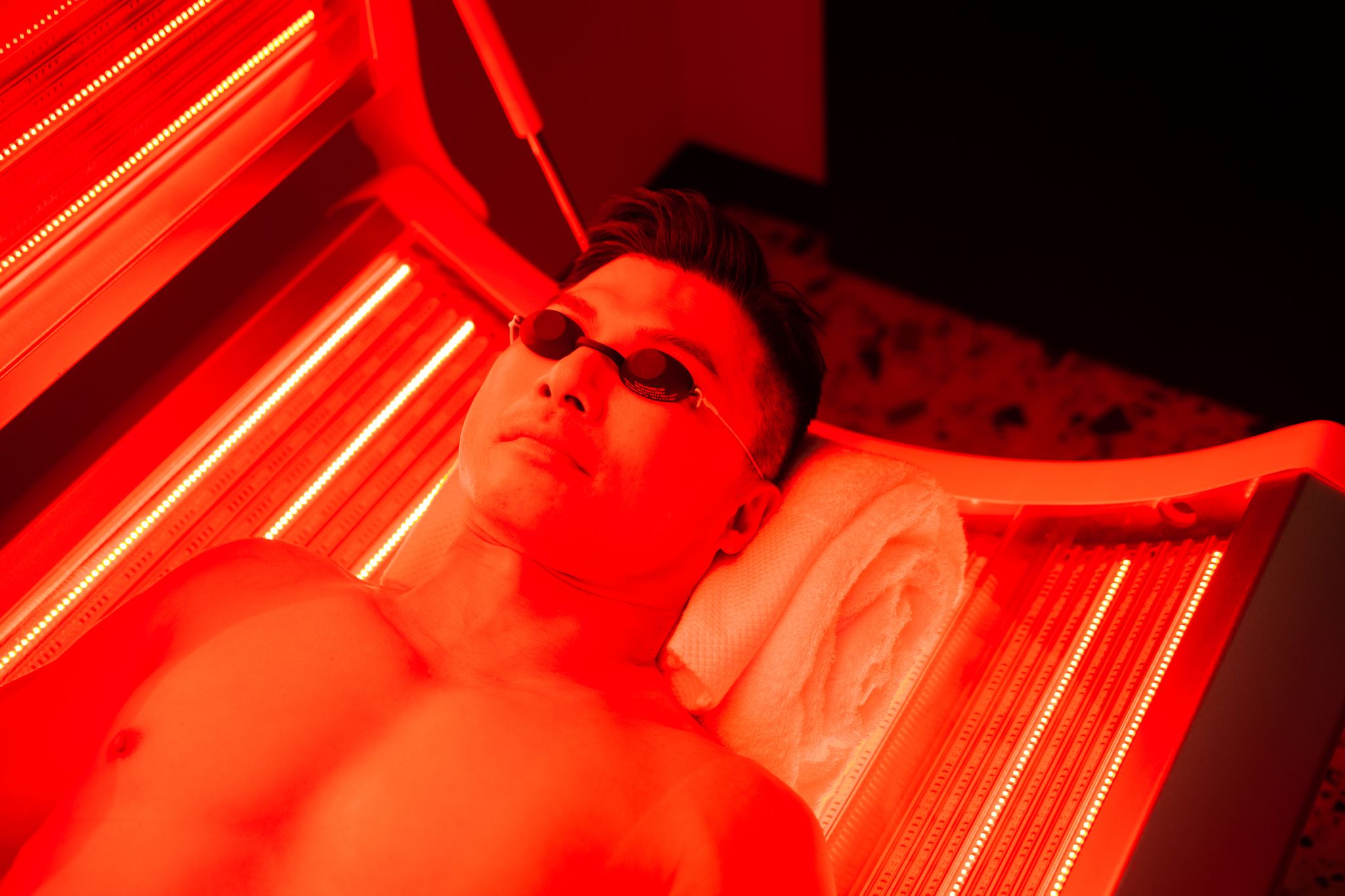Why is Recovery So Important? And How Can Cryotherapy Help!
Athletes and individuals who engage in physical activities and strenuous routines are prone to develop musculoskeletal sports injuries, which may result from accidents, improper use of the equipment and poor training practices including failure to do warm-up and stretching exercises.
Some of the most common types of sports injuries are muscle sprains and strains, ligament or tendon tears, joint dislocation and bone fracture that can eventually affect an athlete’s performance. In addition, sports injuries can either be acute or chronic. Acute injuries occur suddenly while a person performs an activity. On the contrary, chronic injuries may result from overuse of certain areas of the body over a long period of time. Both acute and chronic sports injuries are associated with disabling symptoms such as pain, swelling and limited mobility (National Institute of Arthritis and Musculoskeletal and Skin Diseases, 2016).

The moment a person acquires injury, the body reacts by releasing chemicals from damaged cells. This triggers an inflammatory response wherein the blood vessels of the injured area become dilated to increase blood flow, thereby, carrying nutrients to the damaged tissues. Minor injuries, such as sprains and strains, are initially managed with PRICE (Protection-Rest-Ice-Compression-Elevation) therapy (National Health Service UK, 2015). However, in severe cases, some sports injuries such as those that can damage the anterior cruciate ligament (ACL) and medial collateral ligament (MCL) of the knees may require reconstruction surgery and rehabilitation to restore normal function and mobility (American Academy of Orthopaedic Surgeons, 2009).
Application of ice or cold pack as the third element of PRICE therapy is known to decrease inflammation as it helps constrict blood vessels.
Hence, cryotherapy, which utilizes cryochambers with temperatures ranging from from−110°Cto−140°C, can potentially facilitate the recovery of body parts affected by various types of sports injuries. Such benefit is also brought about by the alteration of serum mediators of inflammation and serum muscle enzymes.

In a study conducted to determine the effectiveness of whole-body cryotherapy (WBC) in athletic recovery, it was revealed that WBC can increase the levels of anti-inflammatory cytokine interleukin (IL)-10, and decrease the levels of pro-inflammatory cytokine IL-2 and chemokine IL-8. This process is also supported by a decrease in the intracellular adhesion molecule-1. Furthermore, cold stimulation also improves athletes’ recovery by exerting positive effects on muscular enzymes creatine kinase and lactate dehydrogenase (Banfi, Lombardi, Colombini, & Melegati,2010).
On the other hand, high-intensity and high-duration exercises can also induce metabolic stress and increase temperature, which may eventually cause structural damage and muscle soreness. Hence, exposure of the affected area to cold temperature immediately following the exercise can reduce the energy demand of the muscles and provide temporary analgesic and anti-inflammatory effects (White & Wells, 2013).
On the contrary, in another study focusing on the effects of cryotherapy on muscle recovery and inflammation after muscle-damaging exercise, it was revealed that though it cannot significantly alleviate strength decrement and muscle soreness, mitigation in plasma chemokine ligand 2 was noted after 20-minute cryotherapy (Crystal, Townson, Cook, & LaRoche, 2013). In addition, a study by Hubbard and Denegar showed that cryotherapy can be effective in decreasing pain related to soft tissue injury. However, further investigation is still needed to evaluate its effectiveness
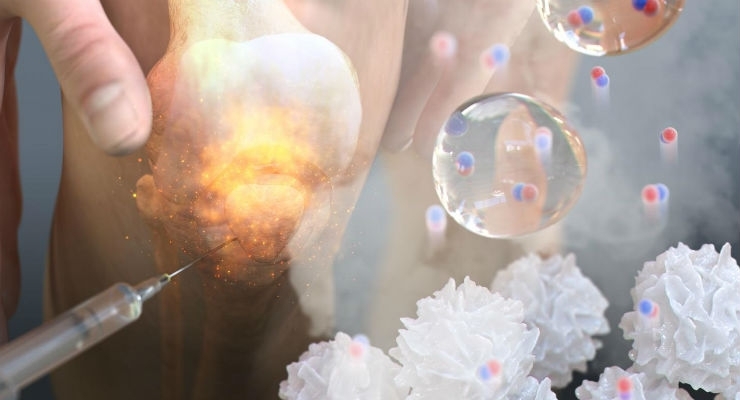
Aside from facilitating athletic recovery, patients with sports injuries who required surgery may also benefit from cryotherapy. In a study conducted in Brazil, patients who underwent cryotherapy combined with an exercise protocol immediately after ACL reconstruction experienced less pain and an improvement in the range of motion of the affected knee. As a result, decreased intake of pain medications, reduced length of hospital stay and an improvement in the quality of life were noted among postoperative patients (Dambros, Martimbianco, Polachini, Lahoz, Chamlian, & Cohen, 2012).
Conclusion:
High intensity and high duration exercise result in:
- Induces metabolic stress and increase temperature leading to structural damage and soreness.
- Leads to increase oxygen consumption of the muscles, creating free radical production.
- Triggers an inflammatory response that causes dilation of blood vessels, increased blood flow and WBC’s managing the damage.
Exposure to cold immediately following exercise reduces the energy demand of the muscles providing:
- WBC has shown to regulate the release of inflammatory mediators to increase pro anti-inflammatory levels & decrease pro-inflammatory levels.
- Anti-inflammatory effect; Application of cold constricts the blood flow, minimizing inflammation, and enhances recovery.
- An instant analgesic effect
- Minimization of free radical damage.
Benefits on Mental Health recovery:
- Exposure to cold causes rapid vasoconstriction which in turn, increases endorphin production in the body.
- ease stress
- prevent insomnia
- relieve muscle pain and joint pain
- relieve itching
- reduce psoriasis.
The effects of increased endorphins can last for 12 hours to up to two weeks.
Studies showed that WBC:
- induced relaxation
- mood elevation
- memory enhancement
- improved vigor
- increased energy
- decreased tension
- decreased fatigue
- reduced anxiety
- reduced depression
- increased awareness
- improved insomnia
Bibliography:
American Academy of Orthopaedic Surgeons. (2009, September). Ortho Info. Retrieved August 11, 2016, from American Academy of Orthopaedic Surgeons https://www.aaos.org/
Banfi, G., Lombardi, G., Colombini, A., & Melegati, G. (2010). WholeBody Cryotherapy in Athletes. Sports Medicine,509 517. https://www.ncbi.nlm.nih.gov/pubmed/20524715
Dambros, C., Martimbianco, A. L., Polachini, L., Lahoz, G., Chamlian,T., & Cohen, M. (2012). Effectiveness of cryotherapy after anterior cruciate ligament reconstruction. Acta Ortopédica Brasileira,285 290. https://www.ncbi.nlm.nih.gov/pubmed/24453619
National Health Service UK. (2015, February 25). Retrieved August 11, 2016, from NHS choices: https://www.nhs.uk/conditions/sportsinjuries/pages/treatment.aspx
National Institute of Arthritis and Musculoskeletal and Skin Diseases. (2016, February). Health Information. Retrieved August 11, 2016, from National Institute of Arthritis and Musculoskeletal and Skin Diseases: http://www.niams.nih.gov/health_info/sports_injuries/#ra_2
White, G., & Wells, G. (2013). Coldwater immersion and other forms of cryotherapy: physiological changes potentially affecting recovery from high- intensity exercise.Extreme Physiology and Medicine. https://www.ncbi.nlm.nih.gov/pubmed/24004719
Effect of cryotherapy on muscle recovery and inflammation following a bout of damaging exercise.
Crystal NJ1, Townson DH, Cook SB, LaRoche DP. https://www.ncbi.nlm.nih.gov/pubmed/23873339


